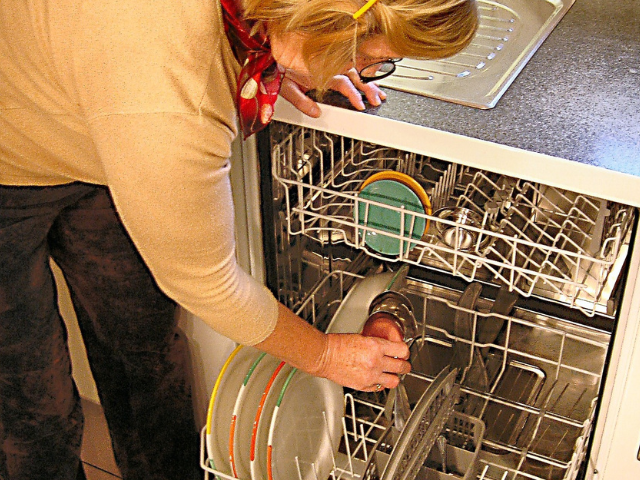Maintaining your KitchenAid dishwasher’s efficiency doesn’t have to be a challenge. With the right routine, you can keep it performing at its best while extending its lifespan. Understanding the best practices for KitchenAid dishwasher care ensures spotless dishes and prevents common issues like clogs or odors. Whether you’re tackling daily maintenance or periodic deep cleaning, these tips will help you make the most of your appliance. Let’s dive into the essential steps for optimal care and long-term performance.
Table of Contents
1. Regular Cleaning of Interior Components
The interior of your KitchenAid dishwasher can accumulate grease, food particles, and soap scum over time, leading to unpleasant odors and reduced efficiency. Follow these steps to clean the interior effectively:
- Empty and Inspect the Dishwasher: Remove all dishes and inspect the interior for visible debris or blockages.
- Clean the Filters: The filter traps food particles to prevent clogging. Remove the filter from the base, rinse it under warm water, and scrub gently with a soft brush to eliminate stubborn debris.
- Wipe Down the Walls and Door Gasket: Use a damp cloth with mild detergent to clean the walls, spray arms, and rubber door gasket, paying attention to corners and crevices.
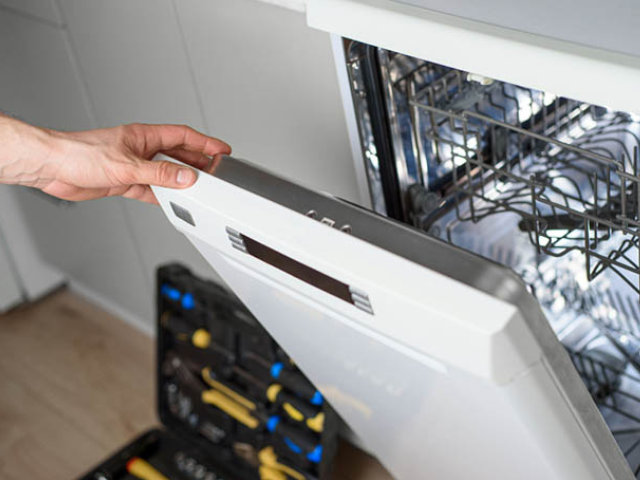
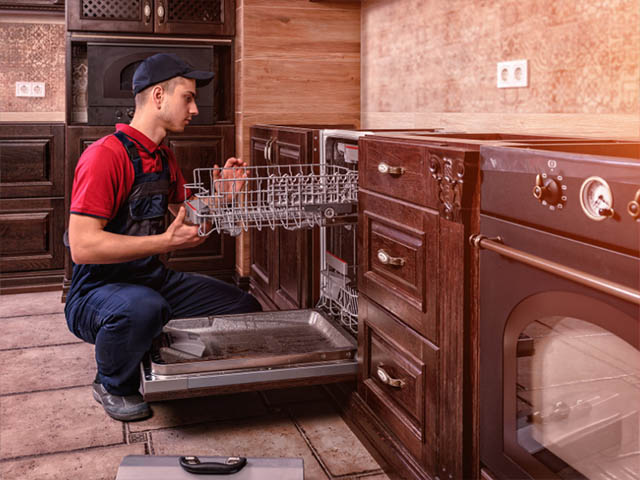
2. Use Dishwasher-Safe Detergents
Selecting the right detergent is critical for maintaining your dishwasher’s efficiency. Always opt for high-quality, dishwasher-safe detergents that are compatible with KitchenAid models. Avoid using regular dish soap, as it can cause excessive suds and damage the machine. Additionally, consider using rinse aids to enhance drying performance and prevent water spots.
3. Prevent Clogs in the Drain Area
A clogged drain can hinder your dishwasher’s functionality. To avoid this issue:
- Inspect the Drain Area Regularly: Check for food particles or debris near the drain after each cycle.
- Run Hot Water Through the Sink: Before starting a cycle, run hot water through the kitchen sink connected to your dishwasher to prevent grease buildup.
- Use Vinegar for Deep Cleaning: Pour a cup of white vinegar into a dishwasher-safe bowl and place it on the top rack. Run a hot water cycle to dissolve grease and mineral deposits.
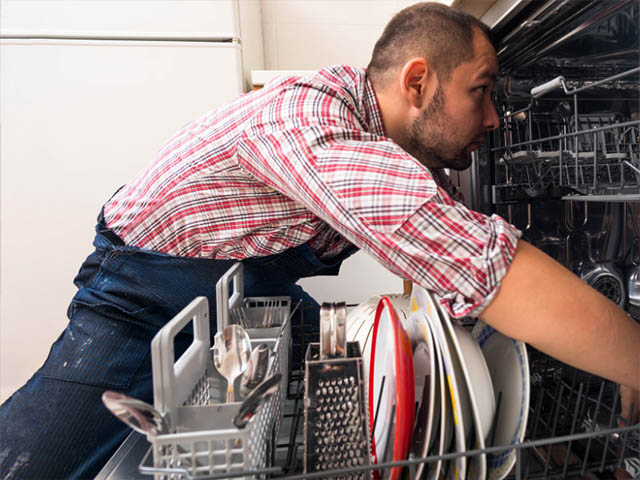
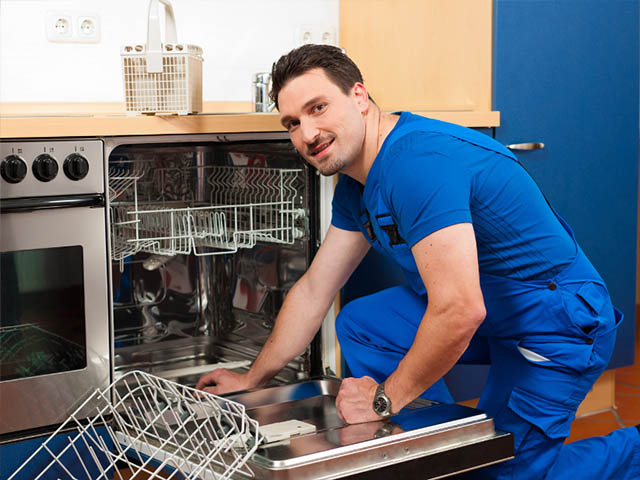
4. Keep the Spray Arms Unblocked
The spray arms are responsible for distributing water evenly throughout the dishwasher. To maintain optimal water flow:
- Inspect for Clogs: Remove the spray arms and check for clogs in the small holes. Use a toothpick or fine wire to clear any blockages.
- Rinse Thoroughly: Rinse the spray arms under warm water before reattaching them securely.
- Check for Damage: Examine the spray arms for cracks or wear, and replace them if they show signs of damage to ensure consistent water distribution.
5. Load Dishes Properly
Loading dishes incorrectly can impede the cleaning process and even cause damage. Follow these guidelines for proper loading:
- Top Rack: Place glasses, cups, and smaller items, ensuring they don’t overlap or block the spray arms.
- Bottom Rack: Arrange plates, pots, and pans upright and spaced apart for adequate water flow.
- Cutlery Basket: Place knives, forks, and spoons with handles facing down, ensuring they are evenly distributed.


6. Address Hard Water Issues
If your area has hard water, mineral deposits can accumulate inside the dishwasher, affecting its performance. To combat this:
- Install a Water Softener: Consider installing a water softener to reduce mineral buildup.
- Use Dishwasher Cleaner Tablets: Regularly run dishwasher cleaner tablets designed to tackle limescale and mineral deposits.
- Add Salt if Applicable: Some KitchenAid models feature a built-in water softener. Add dishwasher salt as specified in the user manual.
7. Perform Regular Maintenance Checks
Routine maintenance is vital for keeping your KitchenAid dishwasher in peak condition. Incorporate these steps into your care routine:
- Inspect and Tighten Connections: Ensure all hoses and connections are secure and leak-free.
- Run Maintenance Cycles: Use a specialized dishwasher cleaning product every month to remove grease and scale buildup.
- Check for Wear and Tear: Inspect for cracks, deteriorated seals, or faulty components and address them swiftly by contacting dependable dishwasher repair services.
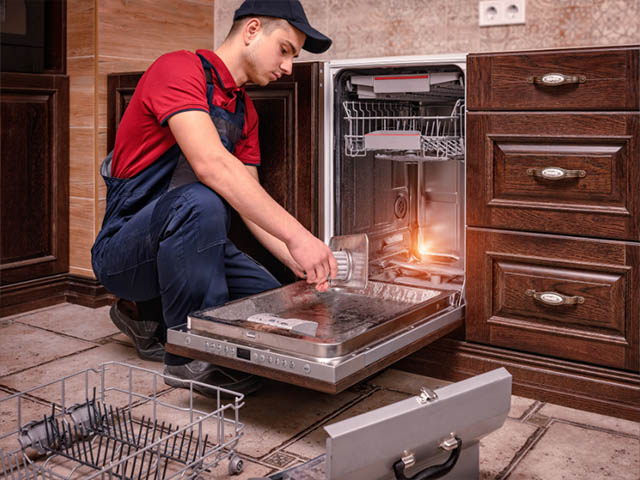
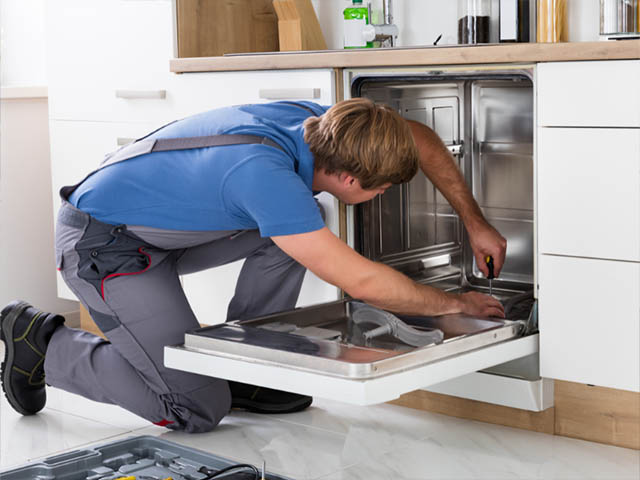
8. Optimize Dishwasher Settings
Maximizing your dishwasher’s efficiency is as simple as selecting the correct settings:
- Energy-Saving Mode: Use the eco-friendly setting to conserve energy and water.
- High-Temperature Wash: For heavily soiled loads, use high-temperature settings to improve cleaning power.
- Delay Start: If energy costs are a concern, utilize the delay start feature to run cycles during off-peak hours.
9. Avoid Overloading
Overloading the dishwasher can prevent proper water circulation, leading to poorly cleaned dishes and residue buildup. When too many items are crammed together, water and detergent cannot reach all surfaces, leaving some dishes dirty or streaked. Always follow the manufacturer’s recommended capacity guidelines, ensuring enough space between dishes for effective cleaning. Avoid stacking items too tightly, as this can block spray arms and reduce their efficiency. By loading thoughtfully, you’ll maximize cleaning performance and protect your appliance from unnecessary strain.

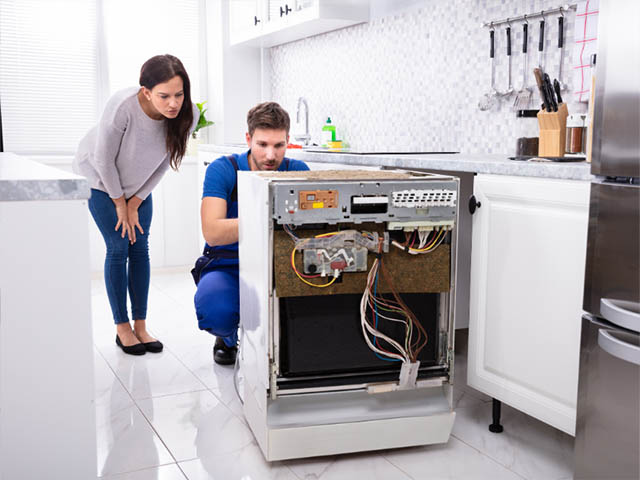
10. Schedule Professional Servicing
Even with diligent care, professional servicing is essential to maintain your dishwasher’s longevity:
- Annual Checkups: Schedule annual inspections with a licensed technician from 5 Star Appliance Repair to ensure all components are functioning correctly.
- Prompt Appliance Repairs: Address any issues, such as unusual noises or leaks, promptly to prevent further damage.
- Thorough Cleaning: During servicing, a professional can deep clean internal components, removing buildup that can impact efficiency.
Conclusion
By following these best practices for caring for your KitchenAid dishwasher, you can ensure it continues delivering spotless results and long-lasting performance. Regular cleaning, proper loading, and addressing hard water issues all contribute to a well-maintained appliance. For added assurance, schedule professional appliance servicing and address any concerns promptly to prevent costly repairs. Whether it’s routine dishwasher maintenance or unexpected issues, relying on trusted appliance services keeps your dishwasher running efficiently.
Investing in care today prevents hassles tomorrow, letting you enjoy clean dishes and a reliable appliance for years to come. Embrace these tips and keep your KitchenAid dishwasher in top shape!
FAQs
How often should I clean my KitchenAid dishwasher?
It’s best to clean your dishwasher’s filter and interior every month to prevent buildup of food particles, grease, and odors. Regular maintenance ensures efficient operation and extends the appliance’s lifespan.
What is the best detergent to use for my KitchenAid dishwasher?
Use high-quality, dishwasher-safe detergents specifically designed for use in dishwashers. Avoid regular dish soap, as it creates excessive suds that can damage your machine.
How can I remove hard water stains from my dishwasher?
Run a cycle with dishwasher cleaner tablets or white vinegar to remove limescale and mineral deposits. Installing a water softener or using dishwasher salt (if applicable) can help minimize future stains.
What should I do if my dishwasher isn’t draining properly?
Check the drain area for clogs or debris and clean the filter thoroughly. If the issue persists, consider scheduling a professional inspection to identify and resolve the problem.
Why is my dishwasher leaving spots on dishes?
Spots on dishes may occur due to hard water or insufficient rinse aid. Use a rinse aid and ensure your dishwasher settings are optimized for the water hardness level in your area.

